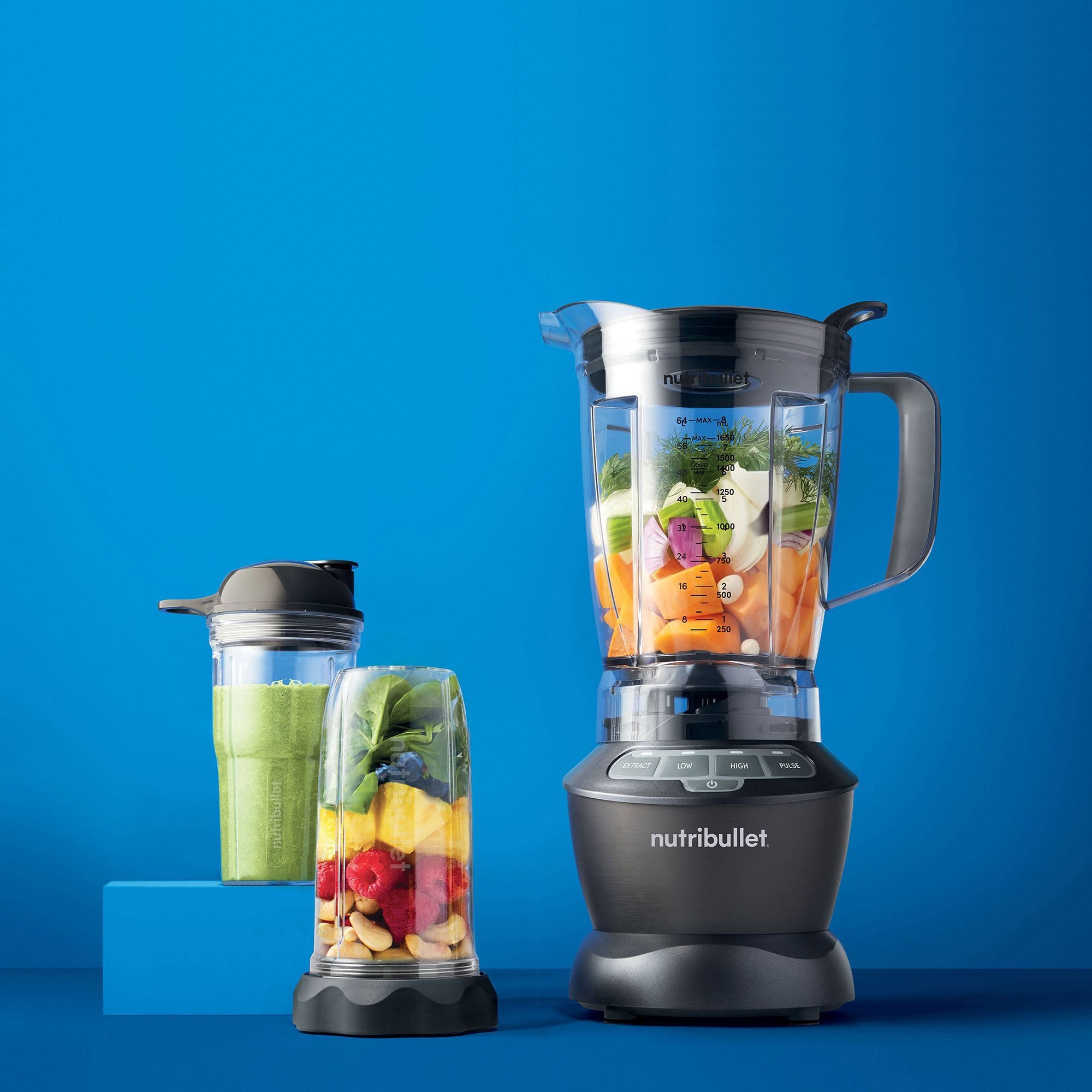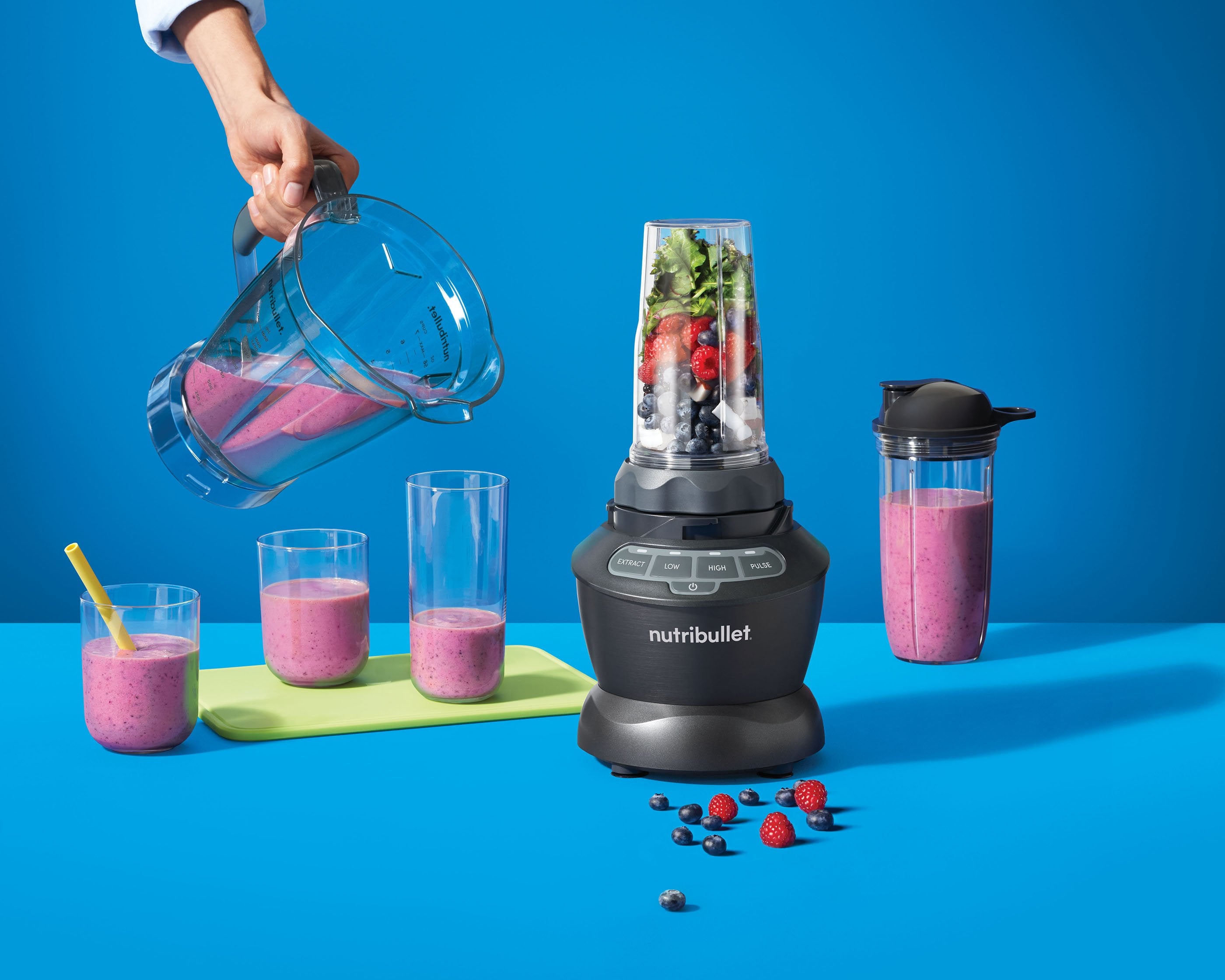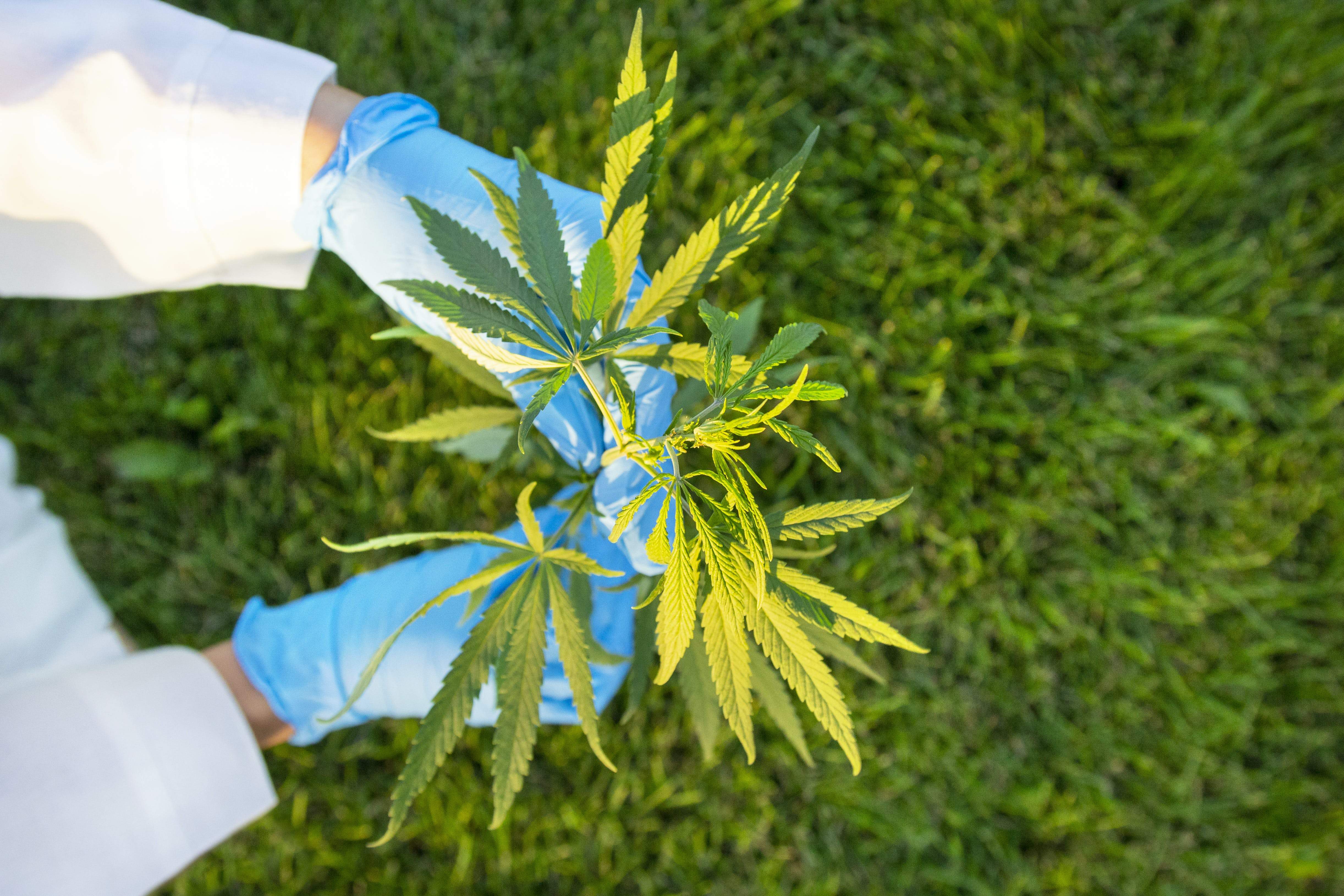Iron deficiency is the most common nutritional deficiency in the United States. It’s also the leading cause of anemia in this country. So, how do you know if you’re at risk and how can you prevent it?
Iron Transport
Your body pumps iron through your bloodstream continuously each and every day. It’s required to make hemoglobin, which is a part of red blood cells that shuttles oxygen and carbon dioxide throughout your body. It carries oxygen from your lungs, through your bloodstream and to all the tissues in your body, including your muscles, skin, and brain. It then carries carbon dioxide and delivers it back to the lungs where you exhale it.
Iron Deficiency
If the body doesn’t absorb its needed amount of iron, it becomes deficient. Symptoms may not necessarily appear until the iron deficiency has progressed to iron deficiency anemia. This is a state at which the body’s iron stores are so low that it doesn’t produce enough normal red blood cells to carry oxygen efficiently.
Symptoms of anemia include fatigue, dizziness, headaches, a general feeling of weakness, and pale skin.
Food Sources of Iron
We absorb two to three times more iron from animal sources than from plant sources. When consuming plant sources of iron, have it along with a source of vitamin C in order to enhance the absorption rate. Some of the best animal sources of iron are lean beef, turkey, chicken, pork, and fish. Some of the best plant-based sources of iron include beans, lentils, dark green leafy vegetables, fortified breakfast cereals, enriched rice, whole grain, and enriched breads.
Are You at Risk?
There are a few groups of people who are at higher risk for developing iron deficiency.
- Women who are pregnant or breastfeeding have an increased blood volume which requires more iron to drive more oxygen to the baby and growing reproductive organs. If iron levels run low during pregnancy, an iron supplement may be prescribed. This should only be done under a doctor’s care.
- Young children over 6 months old have increased iron needs. While breast milk and iron-fortified formula can supply enough iron not met by solid foods, cow’s milk does not. Children should not drink cow’s milk until the age of 2 years old and even then, limit it to 2 cups per day so that they still have the appetite necessary to consume iron-rich foods.
- Teenage girls are going through a rapid rate of growth. This, combined with a busy lifestyle and a common tendency towards unhealthy or restrictive diets, can put them at risk for an iron deficiency.
- Women, especially women of childbearing age, are at higher risk. Some women experience excessively heavy menstrual periods. The chronic loss of blood can lead to iron deficiency. Women are also at risk due to poor dietary choices and chronic caloric restriction in a quest to lose or maintain weight.
Prevention
No one wants to feel tired, sluggish, fatigued, or dizzy. And no one wants to decrease the amount of oxygen that’s delivered to their body’s cells and tissues. So the takeaway here is to prevent this from happening in the first place.
Tips for Prevention:
- Eat a balanced, healthy diet that includes good sources of iron.
- Consume vegetarian sources of iron along with vitamin C in the same meal.
- Example: add sliced strawberries to a spinach salad, chopped red bell pepper to rice and beans, or top whole-grain fortified cereal with raspberries.
- Lastly, if iron supplementation is needed, it should always be done under a doctor’s care and direction, as regular blood tests are needed to monitor and assess blood levels.
Iron is necessary for keeping your energy levels up and your risk of anemia low. If you’re at risk for iron deficiency or if you feel like you’re having symptoms of anemia, see a health care provider and start adding more iron-rich foods to your balanced diet.
Nutritional information
Recipe: Creamy Green Strawberry Dream Serving in this recipe:1
- Calories: 236.6
- Total Fat: 3.6 g 5.5%
- Saturated Fat: 0.4 g 1.9%
- Cholesterol: 0 mg 0%
- Sodium: 358.7 mg 14.9%
- Total Carbs: 45.7 g 15.2%
- Dietary Fiber: 9.9 g 39.4%
- Sugar: 22.1 g
- Protein: 8.1 g 16.2%
- Vitamin A: 481.9% Vitamin C: 244.1%
- Calcium: 68.5% Iron: 26.1%
* Percent Daily Values are based on a 2,000 calorie diet. Your daily values may be higher or lower depending on your calorie needs.





















